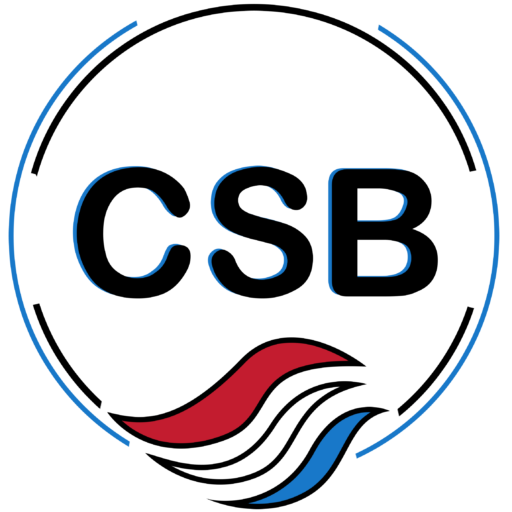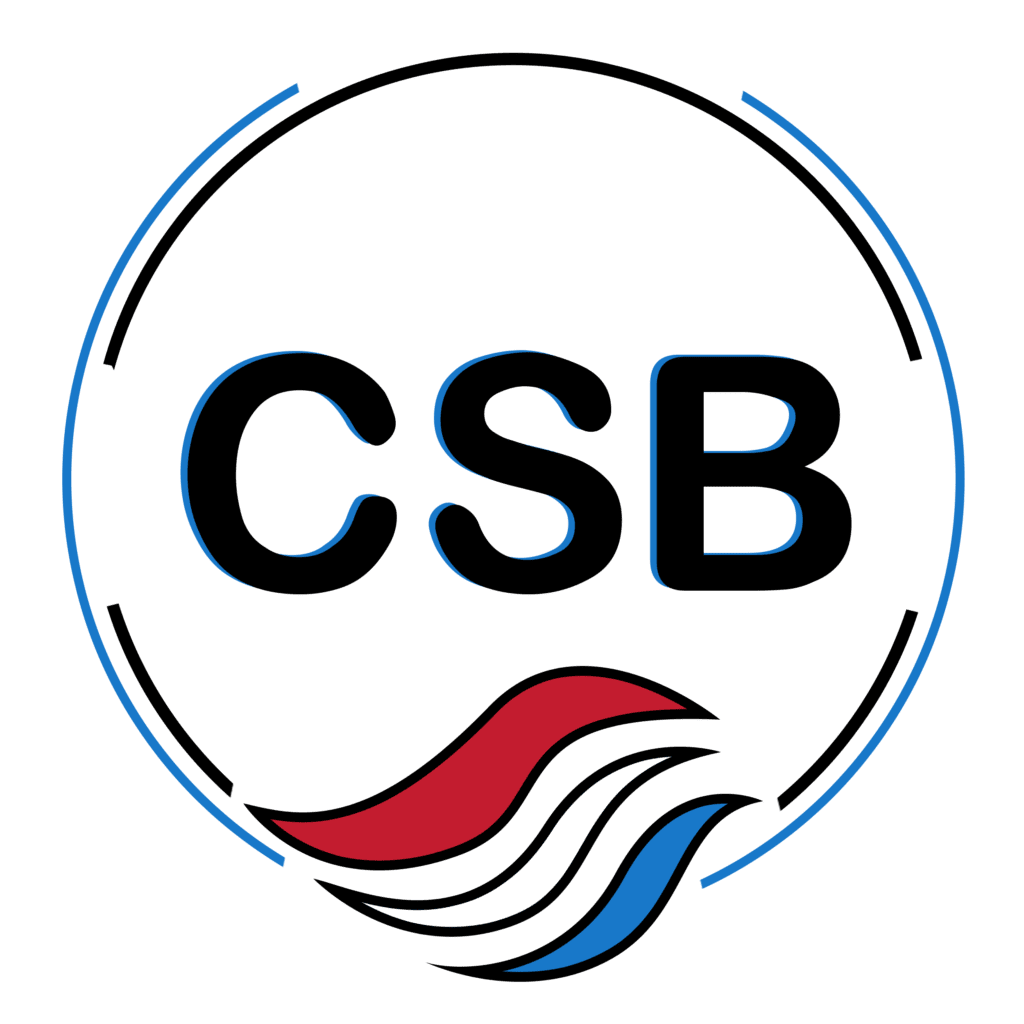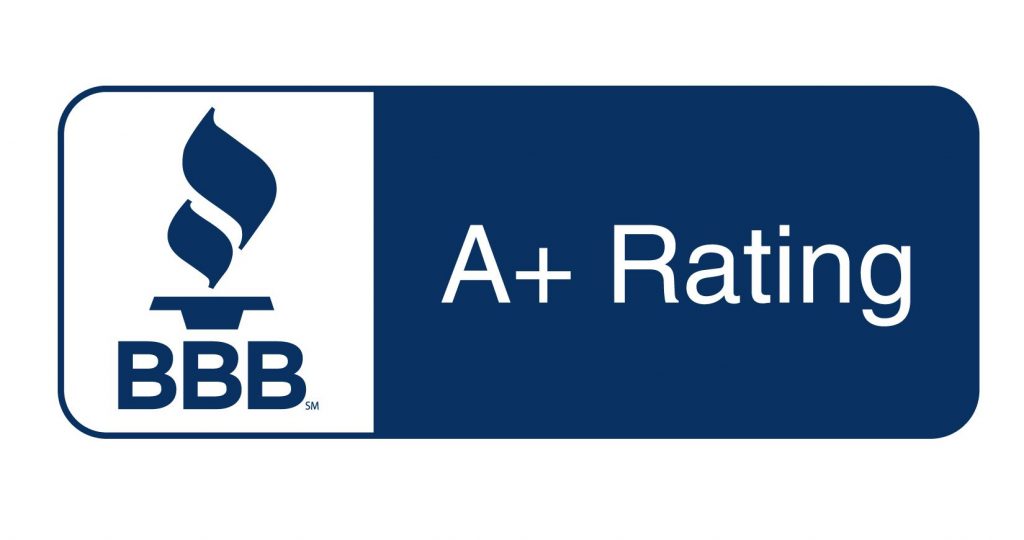What Is a D-SNP Plan – D-SNPs or Dual Eligible Special Needs Plans are available to individuals who qualify for financial assistance through state and federal programs. Approximately 20% of all Medicare beneficiaries are eligible for one of these plans, which comes out to be about 12 million individuals. However, less than half of those who are eligible are currently enrolled in a D-SNP.
D-SNPs are very unique plans and require further explanation. This article will explain how these plans work, who is eligible, and when you can enroll.
How do D-SNPs work?
D-SNPs are a special kind of Medicare Advantage plan that offers health benefits for people who are eligible for both Medicare and Medicaid. They are not available in every state, and each insurance company has their own D-SNPs that will vary in coverage. However, we’ll speak in generalities here.
Coverage under a D-SNP often includes:
- $0 premiums
- Care coordinators
- Dental, vision, and hearing benefits
- Over-the-counter quarterly benefit stipends
- Transportation services
- Telehealth
- Gym memberships
- Part D prescription drug coverage
Like other Medicare Advantage plans, D-SNPs “replace” your benefits under Parts A and B. Technically, your Orignal Medicare coverage is still active, but it is being provided by the private insurance company rather than the federal Medicare program. All of your health insurance is wrapped into one plan. In some instances, the plan includes coverage for the Part B premium.
Who is eligible for a D-SNP?
To be eligible for a D-SNP, you must qualify for both Medicaid and Medicare. As far as the Medicare portion, you must either be 65 or older or have a qualifying disability. Medicaid eligibility is based on income and assets. The thresholds for each vary by state.
There are seven categories of Medicaid eligibility, though there could be state-specific variations. The seven categories are:
- Qualified Medicare Beneficiary (QMB) Only
- QMB (QMB) Plus
- Specified Low-Income Medicare Beneficiary without other Medicaid (SLMB) Only
- Specified Low-Income Medicare Beneficiary with other Medicaid (SLMB) Plus
- Qualifying Individual (QI)
- Qualified Disabled and Working Individual (QDWI)
- Other Full Benefit Dual Eligible (FBDE)
There are five levels of D-SNP plans. An insurance carrier who offers a D-SNP for one level may not offer a D-SNP for all five. Let’s discuss the five levels of coverage.
All Dual
An All Dual plan is for beneficiaries who are eligible for Part C (Medicare Advantage) and who are also entitled to Medicaid assistance under a state plan. This includes people with comprehensive Medicaid benefits and those with limited cost-sharing.
Full Benefit
This level is for those who are eligible for medical assistance and full Medicaid benefits for a given month under any of the seven categories.
Zero Cost-Sharing
These D-SNPs are only for those who qualify for the QMB Only or QMB Plus categories. Individuals in these plans are not responsible for any cost-sharing for services that fall under Medicare Parts A and B. Medicaid cost-sharing may or may not be required for QMB Only beneficiaries.
Dual Eligible Subset / Zer0 Cost-Sharing
This is a subset of the zero cost-sharing plans that may include some cost-sharing responsibility.
Fully Integrated
Fully Integrated plans have more limitations than the other four kinds of D-SNPs. These plans have several requirements, the biggest one being that they must contract with the specific state for coverage of long-term care Medicaid benefits.

When can you enroll in a D-SNP?
Dual eligible plans have unique enrollment periods. At any point in the year, if you qualify for state assistance, you are granted a Special Enrollment Period to enroll in a D-SNP plan.
Enrollees can then make a one-time coverage change each quarter during the first nine months of the calendar year. So, they can change once during:
- January – March,
- April – June, and
- July – September
If you use one of these quarters to switch plans, the effective date of the new plan will be on the first day of the month following the enrollment request.
Individuals can only remain in a D-SNP plan if they are still eligible for financial assistance. If they become ineligible at any time, they will have three months to make a new plan selection. The enrollment period begins on the month they were given notice of their eligibility change.
D-SNPs are not always simple to understand or enroll in, for that matter. Fortunately, you can work with a licensed insurance agent who can simplify the process. Our advisors will review your financial records to help you determine if you might be eligible for state assistance. If so, we’ll even help you file that paperwork. Give us a call today to schedule your consultation.





